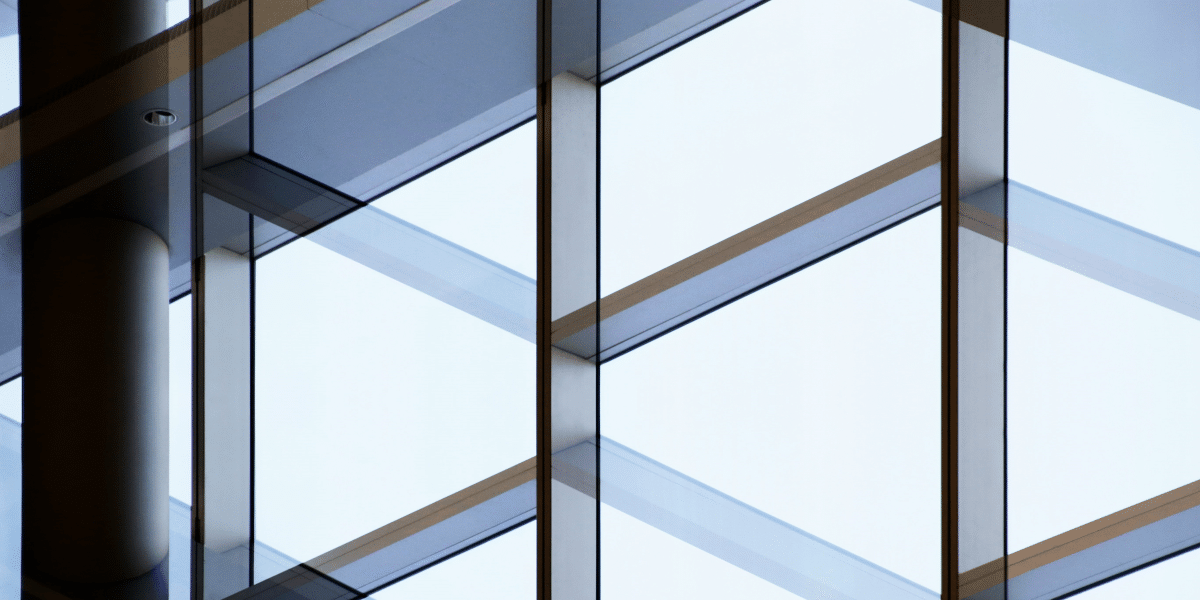Commercial glass installation is essential in modern construction. Glass not only looks great but also improves energy efficiency and natural lighting. As commercial spaces change, the need for precise and professional glass installation grows, making it an important skill in the industry. Understanding this process is key to meeting safety and design standards.
Our guide covers the detailed steps of installing commercial glass, with insights from industry experts like Clearview Installations. From preparing the worksite to handling large glass panels and performing final safety checks, each phase requires careful attention. We will review ideal practices for each stage to help you achieve a professional and secure installation that lasts.
Preparing for Installation
To start, properly preparing the worksite is a must for a smooth installation. Begin by accurately measuring the area where the glass will go. Precise measurements ensure the glass fits correctly, preventing costly errors later. Next, gather all necessary tools and materials, such as safety gear, cutting tools, fasteners, and cleaning supplies, before you begin.
Having everything ready will keep the work moving smoothly without interruptions. Also, ensure the workspace is safe by removing any obstacles, checking for hazards, and setting up adequate lighting. A well-prepared worksite not only improves the quality of the installation but also keeps everyone safe and efficient.
Handling Large Glass Panels
Transporting and positioning large glass panels requires careful planning and the right equipment to ensure safety and prevent damage. Start with specialized tools like suction cups and glass lifters that securely hold and move heavy glass. It’s important to have a team of trained professionals to work together, which helps reduce risks.
Clear any obstacles from pathways to make transportation easier. When positioning the glass, consider its weight and balance, and use support stands if needed to keep it steady. Wearing safety gear such as gloves and protective eyewear can prevent injuries. Proper planning and equipment are essential for safely handling large glass panels.
Setting Up the Frame
Setting up a secure and precise frame is essential for the glass’s stability. Start by measuring the opening accurately to ensure the frame fits perfectly. Align the frame with a level to keep it straight and true, avoiding future misalignments. Use the right fasteners and anchoring systems, such as screws or brackets, to firmly attach the frame to the surrounding structure.
Double-check that each corner is plumb and square as you install, using a carpenter’s square if necessary. Finally, inspect the frame for any gaps or unevenness, and make adjustments as needed. By setting up the frame correctly, you create a solid base necessary for the glass fitting process, ensuring a secure and professional finish.
Installing the Glass
Installing the glass is a key step that requires care and accuracy to ensure safety and stability. Start by carefully placing the glass into the pre-built frame, using tools like suction cups to avoid damaging the panes. Make sure the glass is correctly aligned both vertically and horizontally.
Once the glass is in place, secure it with glazing beads or adhesive sealants as required by the project. Make sure to evenly distribute these securing methods to avoid creating uneven pressure points, which could cause breakage. After securing the glass, inspect it thoroughly to ensure it is firmly fixed and there are no visible gaps. This final check is essential to ensure the glass remains secure and provides the desired look and functionality.
Finishing Touches and Safety Checks
As you near the end of your commercial glass installation, it’s important to seal the edges and perform thorough safety checks. Start by applying sealant along all edges to prevent leaks and secure the glass. Use a high-quality sealant that meets project specifications for durability and effectiveness. After sealing, carefully inspect the entire setup for any faults or weaknesses.
Make sure the seals are uniform and the glass is stable. Safety checks should include verifying that all fastenings and supports are secure, the glass is aligned correctly, and there are no visible defects. These final steps not only improve the appearance but also ensure the installation meets all safety and industry standards. By completing these steps diligently, you ensure the installation is reliable and long-lasting, showcasing the professionalism and precision needed in commercial glass projects.
Mastering commercial glass installation is essential for creating aesthetically pleasing and energy-efficient spaces. This process, which encompasses detailed site preparation, careful handling of large glass panels, and precise frame setting, ensures both safety and durability. By adhering to ideal practices and using the right tools and materials, professionals can achieve seamless and secure glass installations. Each stage, from meticulous measurements to final safety checks, plays a vital role in the success of the project. Ultimately, a well-executed installation not only enhances the building’s appearance but also guarantees its functional integrity and longevity.
Published by: Khy Talara



















